
Manish Khedekar
I am a Software Developer, working in web and hybrid application development, having 5+ years of experience in respective field. As part of my job, I've worked in several domain as Banking, Insurance, Fintech, Telecommunication, Healthcare, Hospitality, Payroll solutions and Trading. I love to code and program applications. In my spare time, you will find me on the beach or following my hobbies.
- Role
Technology Lead
- Years of Experience
8.1 years
- Professional Portfolio
View here
Skillsets
- react testing library
- Django
- Docker
- EC2
- Enzyme
- Git
- Git
- GitHub Actions
- Grunt
- Gulp
- Jenkins
- Jest
- Lambda
- LoopBack
- NPM
- RDS
- Dart
- Serverless
- Supertest
- YARN
- AngularJS
- Lightsail
- MongoDB
- Node.js
- Playwright
- PostgreSQL
- ReactJs
- TypeScript
- Vue.js
- WebdriverIO
- Bitbucket
- GitLab
- DynamoDB
- jQuery
- PHP
- MySQL
- JavaScript - 7 Years
- Angular - 2 Years
- Java - 3 Years
- HTML5
- CSS3
- React Native
- webpack - 5 Years
- Python - 1 Years
- React Native
- SQL
- Jenkins
- Git - 7 Years
- Bootstrap - 5 Years
- Tailwind
- Python
- Python
- Spring Boot - 2 Years
- GraphQL - 2 Years
- Spring MVC
- Cypress
- Appium
- Express
- Ionic
- HTML5
- LoopBack
- AWS S3
- Cryptojs
- D3js
Vetted For
- Roles & Skills
- Results
- Details
- Senior Full Stack Engineer (ReactJS, React native & Python)AI Screening
- 79%
- Skills assessed :Communication Skills, Media-Rich/Real-Time Applications, SaaS Product, Strong Opinionated, Django rest framework(drf), ES6 syntax, Health/ Fitness space, Next.js, Python, React Js, React Native, TypeScript
- Score: 63/80
Professional Summary
- Feb, 2025 - Present 8 months
Technology Lead
Synechron Technologies - Aug, 2022 - Jan, 20252 yr 5 months
Software Consultant
Nu10 Technologies India - Dec, 2021 - Aug, 2022 8 months
Software Development Engineer
QuantInsti Quantitative Learning - Aug, 2017 - Apr, 20191 yr 8 months
Associate Developer
Capco Technologies - Apr, 2019 - Oct, 20201 yr 6 months
Full Stack Developer
Perennial Systems - Oct, 2020 - Nov, 20211 yr 1 month
Senior Software Engineer
Till POS Technologies
Applications & Tools Known

WordPress

PHP
XAMPP

Oracle
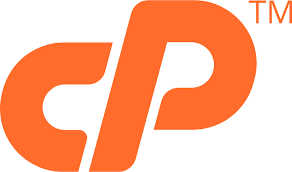
cPanel
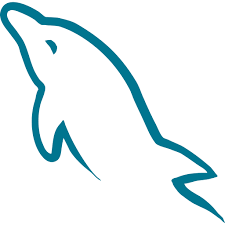
MySQL

FTP server

jQuery

Git

CSS3 & CSS5

Javascript
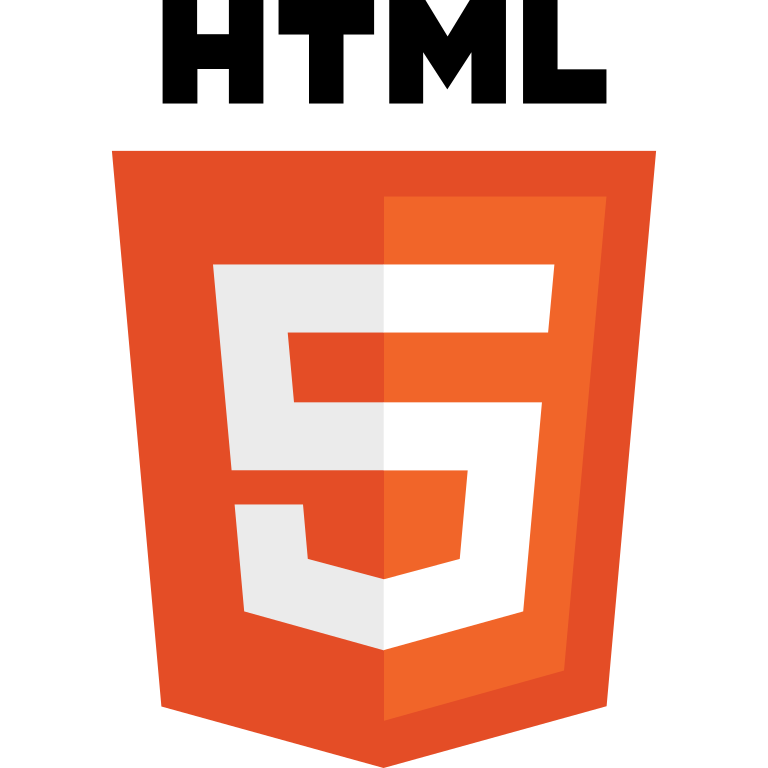
HTML5

Ajax

React
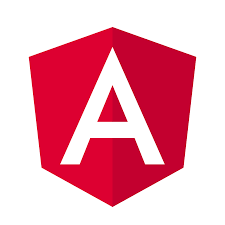
Angular

Vue.js

REST API
Node.js

Python

MongoDB

Apache
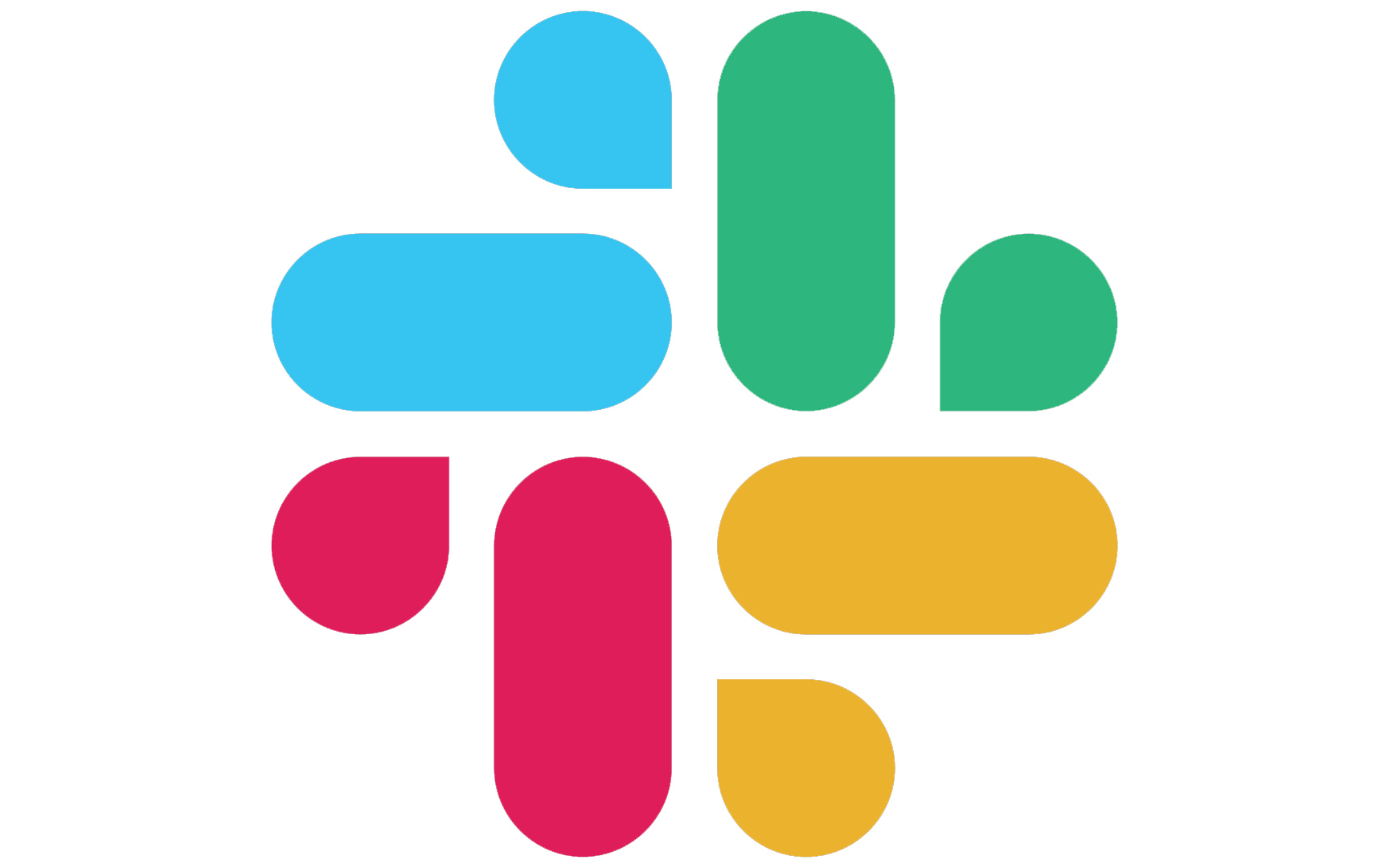
Slack
Jira

Skype

NetBean-IDE
Figma

Visual Studio Code

SaaS
NPM
.png)
Grunt
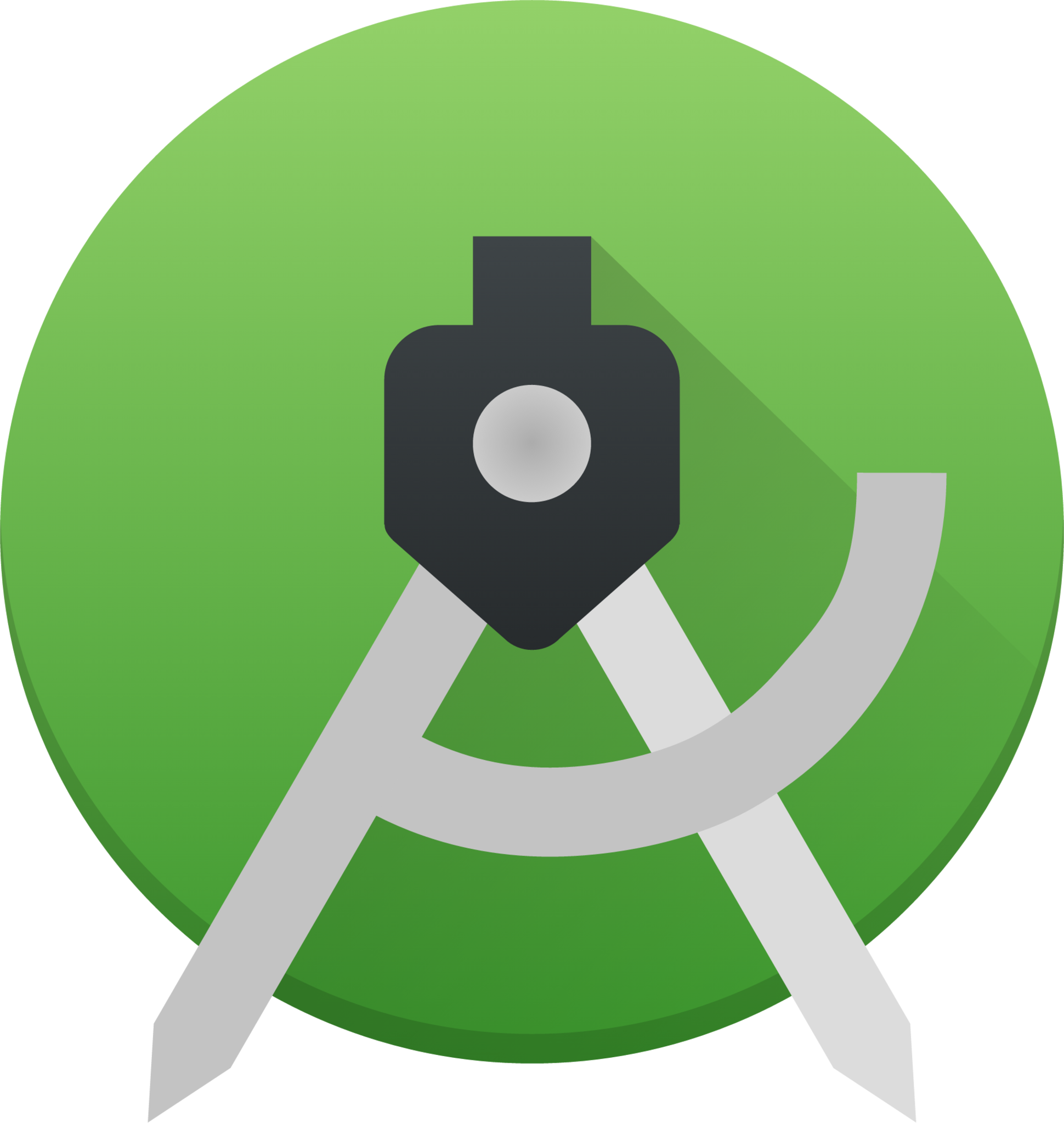
Android Studio

BitBucket

Github

Webpack

NodeJS

Postman

MySQL Workbench
.png)
Jenkins

Github actions

Material UI

Redux

Storybook

Sass

BEM

Handlebars

Loopback

Apollo Client

Sequelize ORM

HighCharts

Appium
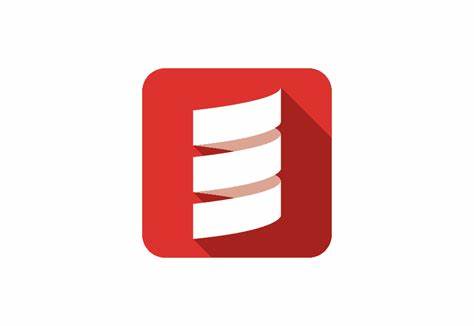
Scala

Adobe Analytics

Cucumber

Firebase Analytics
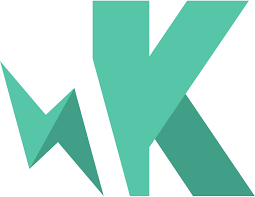
Karma

Backbase
Work History
Technology Lead
Synechron TechnologiesSoftware Consultant
Nu10 Technologies IndiaSoftware Development Engineer
QuantInsti Quantitative LearningSenior Software Engineer
Till POS TechnologiesFull Stack Developer
Perennial SystemsAssociate Developer
Capco TechnologiesTestimonial
Perennial Systems
MYO2 - EEFun loving person, quick learner with Excellent knowledge of front-end development.
- MYO2 Team Equal Experts
Perennial Systems
mClinica ConnectQuick learner and a good front end developer with a flexibility to work on backend.
- mClinica Team
Major Projects
Partnerize (Analytics and Marketing)
SunContract (NFT and Blockchain)
RippleStreet (USA)
Fun Projects
RippleStreet
SunContract
Partnerize
Quantra
QI Website (Company Website)
Quantra (E-learning Platform)
QI Website
QI Platform
QuantInsti Quantitative Learning Pvt Ltd1. Quantra -
- This product is an online platform used by the customers to learn Algorithmic Trading Courses. It helps mentors to create courses for their students It is a web application made with AngularJS and new modules with VueJS. The back-end was built with Express, MySQL.
Written microservices in Express (MVC Architecture) and MySQL
Made a responsive UI in AngularJS Sass, Vue JSX, with custom CSS using BEM.
Migrated old jQuery UI to latest Vue3 components
Fixed productions bugs and improvements in Product based on customer feedback
2. QI Website -
- This is a company website used by the customers to purchase company products. It is a server side rendered application with handlebars, jQuery. The back-end was built with Express, MySQL.
Written microservices in Express (MVC Architecture) and MySQL.
Made a responsive UI in jQuery handlebars, migrated old code to latest Vue3 components
Worked on leadSquared analytics and created mailing, document creation, CRM and notification services, fixed productions bugs and improvements in Product
Payroo - Payroll Solution
Till-X - Hospitality Software Solution for Bepoz
Till POS
Till POS Technologies- This product is a complete hospitality software solution used by Bepoz. It helps large to small scale hotel businesses to manage their operations. It is a hybrid application made with React Native and Typescript targeting Web, Android and iOS. The back-end was built with NodeJS, Apollo client for GraphQL and DynamoDB.
Written microservices in NodeJS, Apollo client for GraphQL and DynamoDB, with unit tests. (Using gql-server and gql-federation for Gateway)
Made a responsive UI in React Native, with unit tests and styling with React Native stylesheet.
Worked on Single Table design pattern in DynamoDB and also used AWS lambdas with microservices. and Written cypress tests for the application
Built the whole feature from frontend to backend.
Payroo
Till POS Technologies- This product is a payroll solution used by the Australian Government. It helps organizations and individuals to pay the salary of their employees in an easy way, along with paying taxes to the government. It is a web application made with React and Typescript. The back-end was built with Loopback, DynamoDB.
Written microservices in Loopback, with unit tests.
Made a responsive UI in React TSX, with unit tests and custom CSS following BEM.
Worked on the Single Table design pattern in DynamoDB and also used AWS lambdas with microservices.
Worked in Agile Methodology and built the whole feature from frontend to backend.
mClinica Connect
Perennial SystemsMYO2 - Equal Experts
Perennial SystemsSCB Life Insurance - (SCB, Thailand)
Resource Database - Capco HCOPS Team
SCB Life Insurance
Capco Technologies- We developed a hybrid application for SCB, Thailand for their product.
- The project targeted Android and iOS applications using contemporary emerging hybrid technology Ionic 2 based on Angular framework.
- Back-end was built by MySQL and Spring Boot and CI / CD was done using Jenkins.
Created custom JavaScript plugins to work with Ionic-Cordova, Angular components with Karma unit testing, React Native components for few requirements, complex UI designs and API integration with front-end.
Made design charts, security, camera, notification and GPS map modules with custom libraries, also used firebase analytics and push notification.
Worked in an Agile-driven environment to effectively maintain project timelines and utilize available resources.
Designed and executed security measures such as firewalls and encryption, session management.
Used libraries such as D3 JS for graphs and visualizations, CryptoJS for security, NativeStorage for storage features and other third party libraries for few Mobile Native features.
Education
B.Tech in Computer Engineering
Dr Babasaheb Ambedkar Technological University, Lonere (2017)
Certifications
JavaScript
Triplebyte (Sep, 2022)
Credential URL : Click here to viewReact
Triplebyte (Sep, 2022)
Credential URL : Click here to viewProfessional Front-end Developer
Triplebyte (Sep, 2022)
Credential URL : Click here to viewBackbase certified front end developer
Interests
AI-interview Questions & Answers
Hello there. I'm Manish Kerekar from Pune, Maharashtra, India. I have eight plus years of experience in the industry, mostly doing web development and hybrid development. Initially, I started with AngularJS, uh, as a front end engineer. And from last six years, I'm doing React and React Native on the front end side. So, uh, I also do full stack development from last six plus years. So, combinedly, I have eight years of experience in web development, uh, and six years in the full stack development. So that's pretty much about me. Uh, as part of the domain, I can say that I have worked in the banking domain, telecommunication, health care, adjutant domain, uh, payroll solutions, POS solutions, uh, and algo trading, basically. So that's, uh, pretty much about me.
I want to be, uh, requirement of this, uh, new v six syntax and then the React, uh, React Native, uh, and, uh, most of the, uh, hybrid development part, uh, which aligns to my previous experience as well. Other than that, I have, like, uh, I have been part of product based organization and service organization both, and I have, like, I have worked in startup as well. So if I see the whole requirement, I think, uh, I can, uh, I am I can be the perfect, uh, match for this particular tool, uh, by considering my previous experience working as a React and React Native developer and then my expertise in, uh, advanced JavaScript and TypeScript. So I think that's why I'm good fit for the room.
So recently, uh, like, uh, I have built an application, uh, for my freelancing project. Uh, so, uh, we created a dating app. So, uh, like, doing that right swipe, left swipe, and then finding different profiles on the map and then sort, uh, like, uh, sorting them on basis of your, uh, distance from it and then switching between the, uh, tab navigator and stack navigator, and then switching between those pages, uh, with animations. And then, uh, other than that, basically, a whole, uh, uh, dating app, uh, like a Tinder or Twilio Madly. So that was the most impressive thing, I think, I can say, building React Native, like, uh, having by default support of Google Maps, uh, and Apple Map by integrating the map libraries within it. And then, uh, the other plug ins like camera and all. Uh, so we use the latest React Native. So, previously, it was having the React bridge within it, but, uh, uh, it got removed in the latest, uh, origin, uh, in Feb. So I think we have followed that one. So now it's more smoother. So that's, I think, the most impressive thing I have built recently in ReactID.
What's something technical you have changed your mind about? Yeah. So, like, uh, I like reading articles, and then I also write some article. I started writing articles on Medium. Uh, recently when, uh, like, people are doing AI from last, uh, two years, like, more than two plus years. And then, uh, like, as a developer, uh, there is a, uh, obviously, there will be a chance where you will think, like, uh, are you going to get replaced by AI or something like that? So, you know, like, when I actually started using these tools, uh, uh, it basically improved, uh, my coding abilities and, basically, like, uh, so instead so I got more time to think rather than to code. And then, like, if I do write a current, uh, correct prompt, then I'll be getting, uh, my whole code the way I want. So I think, uh, the perspective of AI I had two years ago is being changed in last year when I actually started using it for coding and other stuff. So if, uh, already I had told you the ex, uh, example of the previous dating app. So, yeah, the UI was there, and then I used that UI, uh, to create the layout from AI, and then I basically match, uh, by doing the, uh, layout style fixes with JavaScript in React Native. So I think that's uh, what I have changed. Uh, I would like what that's what the technical, uh, thing which changed in my mind in last year.
Okay. So I think, uh, most of the developer doesn't know how to document the code. So they got the task, they create it, and then they somehow created a PR. They get the review command, they fix it, and then they do same repetitive stuff, redundant stuff, uh, basically, again and again. And that's what cost time to company, cost time to developers, and cost time to team altogether. Uh, that can, uh, cost you delay in the project deliveries or feature deliveries. So, uh, I think, uh, uh, first of all, the way you should write a code should be documented somewhere in the project. If it is not documented, then by default, uh, at looking at any part of your code, you should be, uh, like, you should get the idea what kind of, uh, code quality is needed in this project. So that's one thing. Having the code documentation, uh, and writing, uh, like, developer should know how to write uh, a documentation for the code they have created. That's the, um, major thing, like, people don't, uh, think about. Other than that, whenever they review, uh, many people also don't know how to review a code. So I think, uh, like, uh, what kind of optimization can be done other than that, uh, like, how, uh, the current code is going to uh, affect the future outcomes of that particular feature. So that can also be, uh, done other than that deleted, uh, syntaxes of languages, which should be, uh, like, which should be learned or upgraded by these developers on, I think, uh, every semester or every, uh, few months. Why? Because, uh, the technology is changing drastically, so you should be keeping yourself updated. And people don't do that, and that's why they, uh, write the older way of code in the new era. So that's one thing. Uh, other than that, uh, the review is done. Uh, the the language syntax is done. If there are new paradigms as part of any framework or library is coming, then you should be following that. Like, uh, people, uh, initially was using Redux, then they go on with Redux Saga. And then I think, currently, people are using Zestran. So you should be, uh, keeping track of what is coming new as part of that particular framework or library, uh, if you compare to React. And then, uh, you you should keep yourself updated with that one too. So that's I think every developer should know.
Okay. So, basically, for the error management in a React Native app, uh, I should be having a global error handler at the app level. So it will be wrapping the whole app around it. And then whenever any global error happens, it it will throw, uh, uh, the required component or fileback component. Uh, I think, uh, suspense is also supported here, uh, in the act. So I think, uh, we can use that one too to basically, do the error error, uh, management. Other than that, while creating previously, people have created error boundary too where we used to catch the error and get to know, like, from which component it is happening. So, uh, we can write a custom function to get idea what particular, uh, thing is, uh, failing or what particular component is failing in the development mode. Uh, for the production mode, it's a bit different because, uh, in the production application, uh, the application is customer facing and customer doesn't want to go in, or you don't want to show any, uh, technical kind of errors into the, uh, production application. So in that context, the error management differs over there where, basically, uh, we change default back compass to something else, uh, instead of, uh, developers, it's customers facing. So customer will, uh, say, uh, see a generic error component maybe where it will say something went wrong or a API gateway down or, uh, yeah, come back or try again, something like that. But in case of, uh, the developer, uh, facing, uh, or the developer's build, basically, where you should be getting, uh, like, what component is, uh, failed and what are the stack you need to follow to, uh, go through that error, basically, or to debug that error. So that's the answer.
It wasn't the system I have designed, but, uh, like, I have done the migration from PHP services to Node. Js services and what, uh, like, why it was hard because the PHP server was monolith, and then, uh, the database band, it, uh, was also connected tightly connected to that particular application. The problem was, uh, like, when we started migrating to Node. Js microservices architecture, we migrated, like, feature based where, uh, many of the services, uh, were interdependent on, uh, the data services or the shared services, uh, for resources. So, uh, like, that was the complex task, uh, I'll say. I have, uh, done previously with the partnerized client. The issue we followed, uh, the the major issue was, uh, like, uh, supporting the existing, uh, existing production, uh, website as it is or the existing product as it is and then updating to the new feature. So here, here, we use the, uh, versioning system. So we created different v one, v two, v three APIs. And then, uh, like, first, we created the APIs once the APIs are well tested, and then we connected that v two, v three APIs by changing the URLs in the front end side. And then, uh, like, by thorough testing, we moved it to staging. We test done the, uh, staging, and then we done UAT as well. And once, uh, we get go ahead from the testers, uh, from the testing team, uh, yeah, we deployed it to production. So that's the way we followed. So I wasn't the one who designed it, but, yeah, I was the part of team, uh, who built it, actually. So that's the, uh, like, migration from PHP services to Node. Js services is the most, uh, complex thing I have done so far in the back end system.
You like the function to calculate the total amount per day table. And if the table is on the table wheel, which is constant for all. And this one tip that is added for each table. How do you use green code principles to improve this function? Additionally, how would you modify this function so it could be used across different tables? I want different restaurants. So if I see the JavaScript code over here, so it's creating a, uh, constant object, like, person, um, one amount, person two amount, three amount, tax percentage. In the raw bill amount, it's creating raw total and then calculating all the three amounts into one and then adding tax amount. Now it will throw error here because, uh, we show it shouldn't be using const if here it is going to assign the value again. So if you want to do it, uh, we can create, uh, like, raw amount or something, some kind of variable, and then raw total will be a different one. Uh, other than that, uh, I think okay. To create this function for different table. Okay. So the problem I can see here, like, if the per number of people, uh, increases, then, uh, the number of parameters will increase. So instead of doing that, I think, uh, we should be providing the table reference over here. And I think, uh, the table amount that, uh, may include the, uh, like, person one, two, three depending upon the person present at the particular table. So instead of the initial three parameters, we can have the table variable, uh, where, uh, it will be object having the amount and uh, other, uh, related details to the people on that table. What about different restaurants? I think, uh, if you go class based over here, then creating, uh, class for, uh, the, uh, restaurant and then class for, uh, each table will make more sense because I was being a part of one of the, uh, one of the project was point of sale application. In my experience, it was still paused where we used to do in such a way where basically table, uh, like, we had this point of sale, uh, software where basically, each table were referred as a object. And then, yeah, for the, uh, different kind of, uh, restaurants, for example, if there is one floor, like, Ground Floor and our First Floor, then we used to, uh, switch tabs in between them. So in that way, I think we will be providing the context of that particular restaurant as well with along with the table. Or within that table, it will get the idea, uh, like, where that table situated is in. So I think by creating the first parameter object in such a way to have the table details and the restaurant details, we'll make more sense instead of having multiple parameters to, uh, uh, get the person amount. Again, the tax percent is a 12%, uh, which is so we can have a constant variable, uh, which, uh, will take care of it. And then by changing that only, it will be, uh, changing in all other positions. And tip is also again, uh, will be part of that table object because there can there is no standard way of tipping, uh, I think. So, yeah, it will be depend on each table, I guess.




